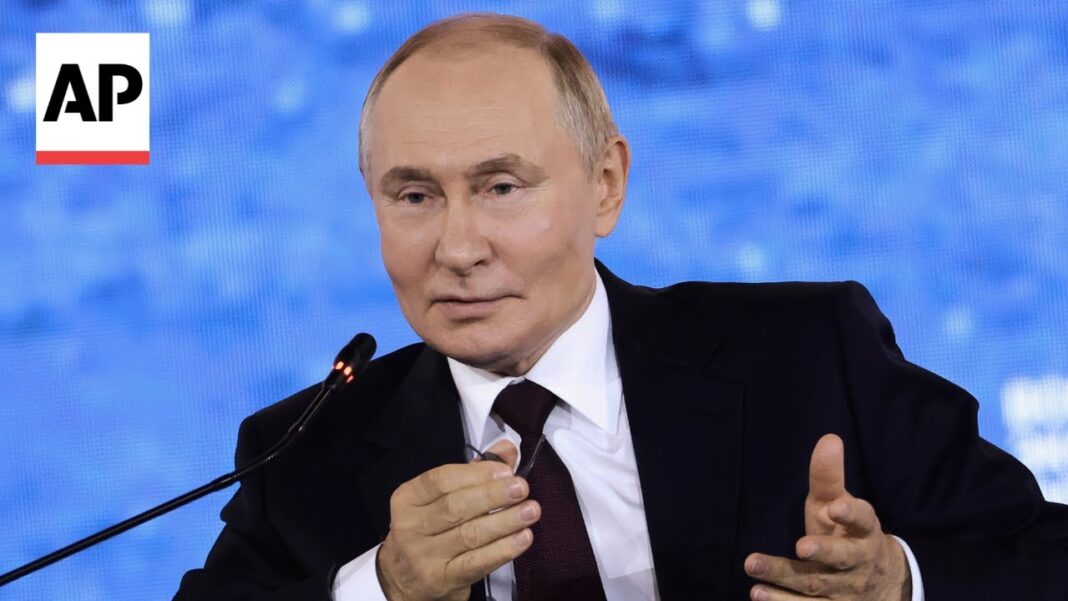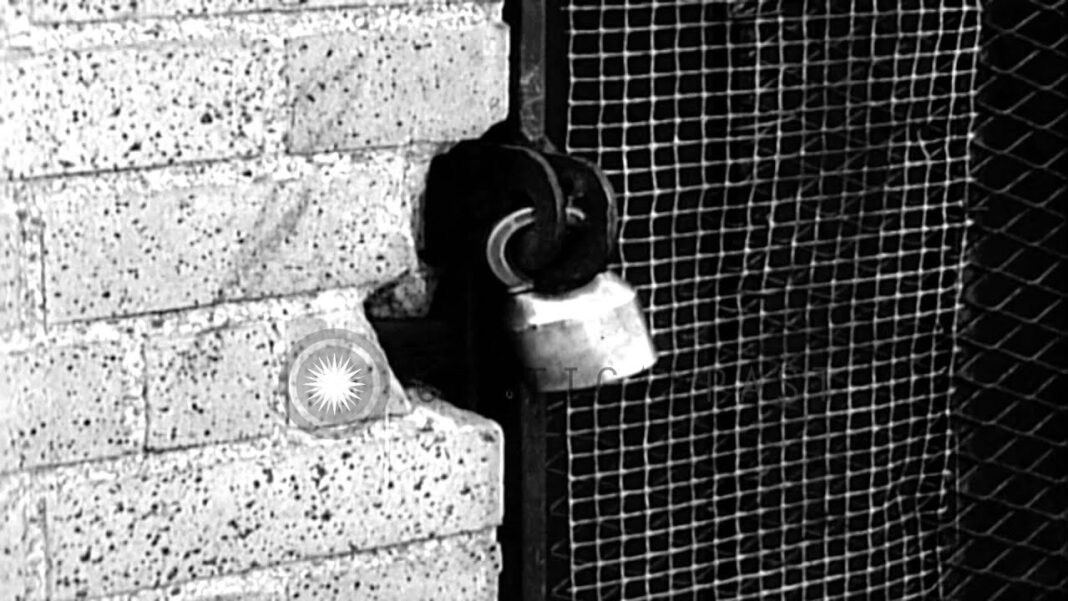Stagflation risks in Russia persist as growth slows and inflation remains elevated.
Manufacturing activity in Russia contracted for the fourth consecutive month in September, according to new data from S&P Global released on Oct. 1.
The S&P Global Russia Manufacturing Purchasing Managers’ Index (PMI)—a monthly measure of the sector’s prevailing economic direction—weakened to 48.2 in September from the three-month high of 48.7 recorded in August.
Last month’s reading represented the sixth monthly contraction this year as output declined at the sharpest pace in more than three years. New orders also experienced a faster decrease amid weaker demand from key export markets.
Goods producers experienced a “downturn in purchasing activity” as companies chose to absorb pre-production inventories to complete new order transactions.
Input price pressures intensified, driven by challenges facing supply chains. As a result, firms attempted to pass the highest costs onto customers in selling prices, but “the pace of charge inflation was only fractional,” S&P noted.
Despite anemic conditions in the manufacturing sector, firms reported their highest level of optimism in the year ahead in four months.
“Russian manufacturers registered stronger confidence in the outlook for output over the coming 12 months at the end of the third quarter,” the report stated. “Companies reported that optimism stemmed from plans for new product development, more tender opportunities and hopes of more upbeat demand conditions.”
The next key data points to gauge the Russian economy’s health will be July wage growth, the August unemployment rate, and August retail sales.
Economic Woes at Home
Conditions in Russia’s wartime economy have deteriorated this year as a combination of Western sanctions, lower energy prices, and spending on the war in Ukraine has taken its toll on Moscow.
Data indicate that Russia could be facing stagflation risks. This is when the economy slows, inflation rises, and the labor market worsens.
The unemployment rate remains low—2.2 percent in July—and Bank of Russia officials say the military mobilization and reduced economic capacity could lead to shortages in the labor force.
Growth prospects have weakened, and inflation has been elevated.
In the second quarter, the GDP growth rate was 1.1 percent year over year, down from 1.4 percent in the first quarter.
By Andrew Moran








